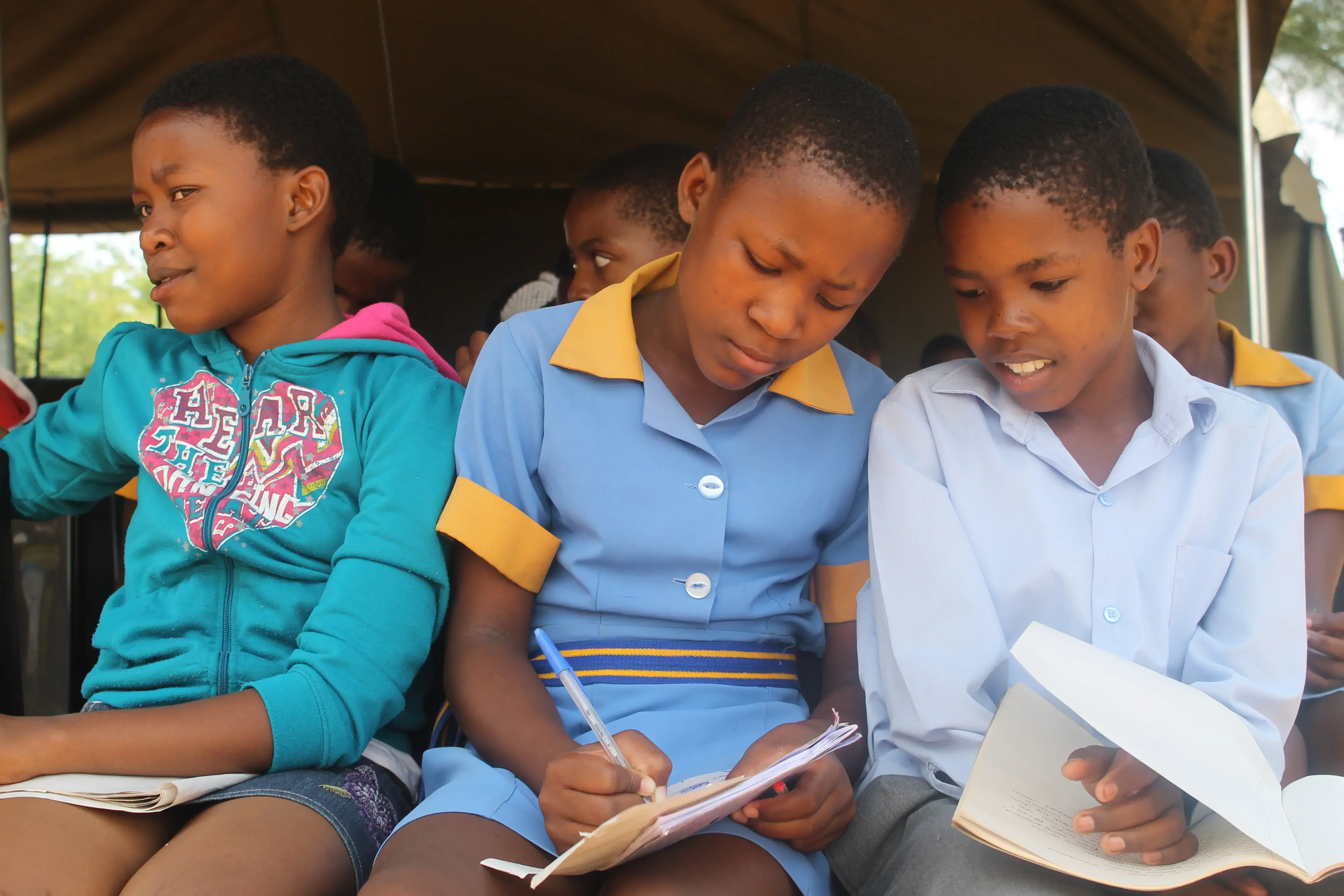Over 1.8 billion of the world’s population is between 10 and 24 years old. The aspirations and achievements of these young people will shape the future. At the same time, fertility rates in many parts of the world are falling. A country with both increasing numbers of young people and declining fertility has the potential to reap a ‘demographic dividend’ – a boost in economic productivity that occurs when there are growing numbers of people in the workforce relative to the number of dependents.
Window of opportunity
With just over 2 million people in 2011, Botswana’s population is expected to reach 2.5 million in 2026 and 2.8 in 2050. This is as fertility declines from 2.7 children on average per woman of childbearing age in 2011 to 2.4 in 2050. Botswana presents a youthful population with more than two-thirds (70 per cent) of the total population under 35yrs of age. About 33.5% of the population is aged 10 -24 years. A youthful population is the beam of hope in realizing the demographic dividend. Botswana is at an advanced stage of the demographic transition. Total Fertility Rate (TFR) has dropped significantly from 4.2 in 1991 and 3.3 in 2001 to 2.7 in 2011. Accordingly, the population average annual growth rate also declined from 2.4 percent in 1991-2001 to 1.9 per cent in 2001-2011. The dependency ratio has been declining significantly, with relatively more working-age population (15-64) than dependents. The dependency ratio has fallen from 110 in 1981 to 93 in 1991, 71.5 in 2001 and 60.2 in 2011.
Over the past few decades, Botswana has been one of the fastest growing economies in the world and moved into the levels of Upper-Middle Income Countries. Real GDP increased at an average annual rate of 4.6 percent between 1994 and 2011 and was at 5.9% in 2013 whilst the Gross Domestic Product (GDP) per capita stood at US$ 8,533. A wide-ranging social, economic and governance policies and programmes have been put in place over the years.
Given these factors, the window of opportunity to realizing the Demographic Dividend is open for Botswana. However, despite its middle-income status and positive economic progress over the past four decades, certain challenges undermine the country’s potential to harness the DD. Income inequality is among the highest in the world, with a Gini Coefficient of 0.61. About 18.4 percent of the population lives below the poverty line. Other challenges include persistent unemployment at 17.8 percent. Young people are mostly affected by these negative effects. Botswana also has to contend with challenges emanating from its narrow economic base and over-dependence on the mining sector, in particular diamonds. While the government has an impressive track record of prudent management of mining revenues and a good reputation of good governance and stable democracy, the need for diversification remains critical.
If these challenges are not properly addressed, the country will not be able to take full advantage of its demographic dividend and achieve its development potential during the decades to come.If the change in age structure resulting in the youth bulge occurs in the absence of adequate investments in the other four pillars of demographic dividend – health, education, economic reforms and job creation, and governance and accountability – then Botswana is unlikely to earn a substantial dividend.
What is UNFPA doing?
Raising awareness among different policy actors has a far fetching effect of harnessing the demographic dividend in Botswana. Engagement on how government and other stakeholders can tap into this ‘window of opportunity’ provided by the changing demographic parameters is therefore pertinent and inevitable. On this basis, UNFPA is engaging in national evidence-based advocacy and policy dialogues for political commitment and mobilization of resource for strategic investments in key areas. UNFPA works with policymakers, encouraging increased investment in young people. UNFPA works with partners, including civil society, communities and governments, to encourage policies that can help realize this dividend. Such policies include improving access to quality education and jobs, as well as investing in the health, particularly the sexual and reproductive health, of young people.


